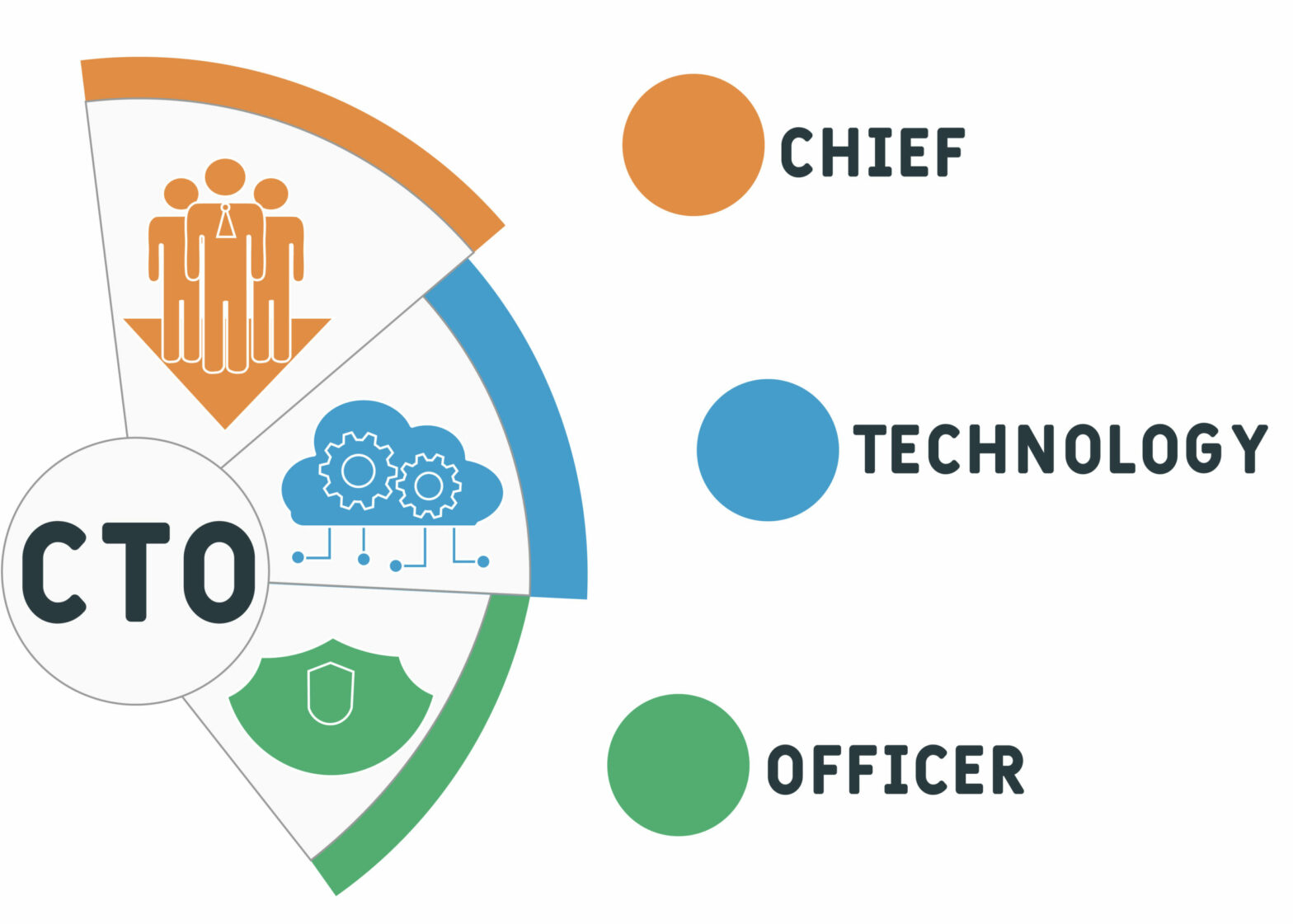When it comes to innovation in business, it pays to have strong leadership at the top for implementing technology. To innovate with digital capabilities, the chief technology officer (CTO) oversees the tech strategy, and this role can often be found in a start-up, whether taken on by a founder or a hired executive.
In this article, we explore what the role of the CTO entails in a start-up company, key responsibilities, and how it compares to an equivalent position at a more established scale-up.
Role
The chief technology officer oversees the planning, testing and rollout of technology that concerns customers. In a start-up, this can also extend to infrastructure utilised by the workforce — an area usually led by the chief information officer (CIO) in scale-up businesses. Start-up CTOs need to lead a competitive vision around target customer needs, and how the company can occupy that gap in the market with technology.
>See also: What is the role of the CTO?
Evolution of the CTO
With competition across every vertical growing quicker than ever, start-up CTOs are having to grow to be more commercial, strategic, and business-focused than before. A purely technical mindset is no longer an option for long-term success – also required is the skillset to translate technical value to non-technical stakeholders, viewing the benefits from a variety of different perspectives. Particularly in start-ups, the CTO is expected to speak both “tech” and “business” – switching seamlessly between the two.
“Organisations are more aware of what needs to be achieved and how they need to be achieved,” said Caroline Sands, partner and head of the CIO and technology officers practice at headhunter Odgers Berndtson.
“There’s more case studies to follow from and so there’s more examples to learn from. It means CTOs going into a start-up now, generally have an idea of the challenges they’re going to face.
“What’s more, in the tech start-ups of yesteryear, the CTO was king or queen. Now the product leader holds as much sway within the C-suite, resulting in tension between product and engineering.”
A position of many hats
To ensure long-term prosperity for their role and start-up, CTOs need to be willing to adjust their day-to-day duties to meet evolving business requirements.
“Founders don’t want a whole tech team reporting to them – they need to be able to focus on running the actual business and driving more growth,” explained Robin Beattie, managing director at Spinks — the specialist start-up and scale-up recruiting arm of Nash Squared.
“Sometimes they may not consider appointing a CTO because they look at standard job descriptions and think it doesn’t match to their business. But you shouldn’t get caught up in these generic definitions – there are much more flexible arrangements that could work and create value.
“The CTO could be someone who wears multiple hats – for example, still actively coding some of their time or actively involved in architecture. There’s scope to think outside the box.”
Start-up vs scale-up
The role of the CTO in a start-up can vary greatly from an equivalent position in a more established scale-up business. While in both scenarios the position concerns leadership of all technological decisions within a business, there are considerable differences in the focus and nature of the role.
“Start-ups tend to be disruptive and faced-paced, with the goal of quick growth over long-term strategy development. So, start-up CTOs are often responsible for building the technological infrastructure from the ground up,” said Ryan Jones, co-founder of OnlyDataJobs.
“Whereas in an established company, a CTO might be responsible for reviewing and improving the current technology stack and data infrastructure, in a start-up, these structures might not exist. So, the onus is on the CTO to create and implement an entire technological infrastructure and strategy. This also means that a hands-on approach is required.
“Because start-up CTOs may be the only technologically minded individual within the company, they’re often required to go back on the tools and do the actual work required themselves rather than delegating to a team.”
Responsibilities
In terms of particular responsibilities, start-up CTOs need to be constantly working on their tech strategy, from planning to phase-by-phase implementation, and communicating it to the whole organisation. A key aspect of a successful approach is the gauging of feedback from all departments, from the top down. Like the deployment of the technology, actioning based on feedback should never be a one-time thing — it is a journey of incremental fixes and improvements, in line with the needs of customers.
Balancing overseeing and enabling
While having a unified view of all tech-driven operations throughout the company is key, also vital is ensuring that the workforce is comfortable in using the technological resources available to them.
“The CTO must balance the role of ‘enabler’ to the technology team(s) with that of ‘overseer’,” said Ryan Sheldrake, field CTO EMEA at security start-up Lacework.
“This means giving the freedom for technologists to be innovative and creative. But it is also essential to provide some guardrails to prevent complete technology sprawl, which may lead to costly tech-debt later in the evolution of the business.”
Scaling the team
With managing tech-enabled staff comes the scaling of tech teams as the start-up continues to grow. As the company receives more funding and acquires more customers, the evolution of needs from those investors and clients will call for more talent to be hired. Additionally, scaling the team allows the CTO to delegate to various departments with a wide spread of expertise, providing more time to focus on the bigger picture.
“Scaling a team from a few people to a large team means your time allocation will change drastically (mostly from writing code and being involved in day-to-day operation to hiring and management),” said Virgile Raingeard, co-founder and CEO of compensation benchmarking platform Figures.
“It’s important to define what you want to keep doing and find people to handle the rest (for instance, finding a solid vice-president of engineering).
“Likewise for other technical topics. You cannot be an expert in data, security, compliance, QA, infrastructure and development. Even if you’ll need to get some grasp around those topics, you should find & delegate the work to people that know what they’re doing.”
>See also: How to provide purpose when hiring tech talent
Staying focused amidst tech evolution
Start-ups are increasingly focusing on how best to utilise advancements in tech areas such as cloud computing and artificial intelligence (AI), to maximise value. While investing in developments in tech may be valuable for the organisation, the CTO should also ensure they stay focused on core business goals and the overall bottom line.
According to Richard Bate, CTO of network security start-up Goldilock,“The CTO is increasingly responsible for managing expectations and ensuring the focus stays on what really matters, helping the company to make the most of its time and resources. Building a deep understanding of emerging technologies and their true value helps with this.
“Start-ups cannot just focus on getting a product out as quickly as possible – they need to ensure that secure design and development is embedded from the outset. The CTO plays a key role in ensuring a security focus is implemented and represented at every level.”
Salary
The salary of a start-up CTO will depend on the funding stage of the company and the experience of the leader. Average start-up CTO salaries tend to fall in the range £110,000 ($135,000) to £130,000 ($162,000), according to Jones, although in time this can rise to over £200,000 as funding and experience grows.
>See also: CTO salary – how much can you earn where?
“It’s also important to mention that prospective hires for roles of this nature value the opportunity to be recompensed through shares in the business, rather than just a paid salary. A comprehensive bonus infrastructure also goes a long way in getting the right hire,” said Jones.
Sheldrake added: “In a world driven by rapid technological evolution and change, combined with ongoing digital transformation, businesses can have a competitive advantage based on the quality of the technology leadership that they have.
“The very best tech leaders are in demand, but as you’d expect, start-ups with a higher investment or funding amount backing them generally have more to pay their CTOs, and other executives.”
Related:
Am I ready to be a tech leader? — Here are four things to remember if you thinking of taking the next step up on your IT career path to become a tech leader.
Essential skills for becoming a CTO — CTO coach Andy Skipper share his tips on how to take your career to the next level.
Business and tech leadership predictions 2023 — Leadership of business and tech is set to continue evolving in line with customer and workforce needs. Here are six expert predictions for what 2023 will hold.










